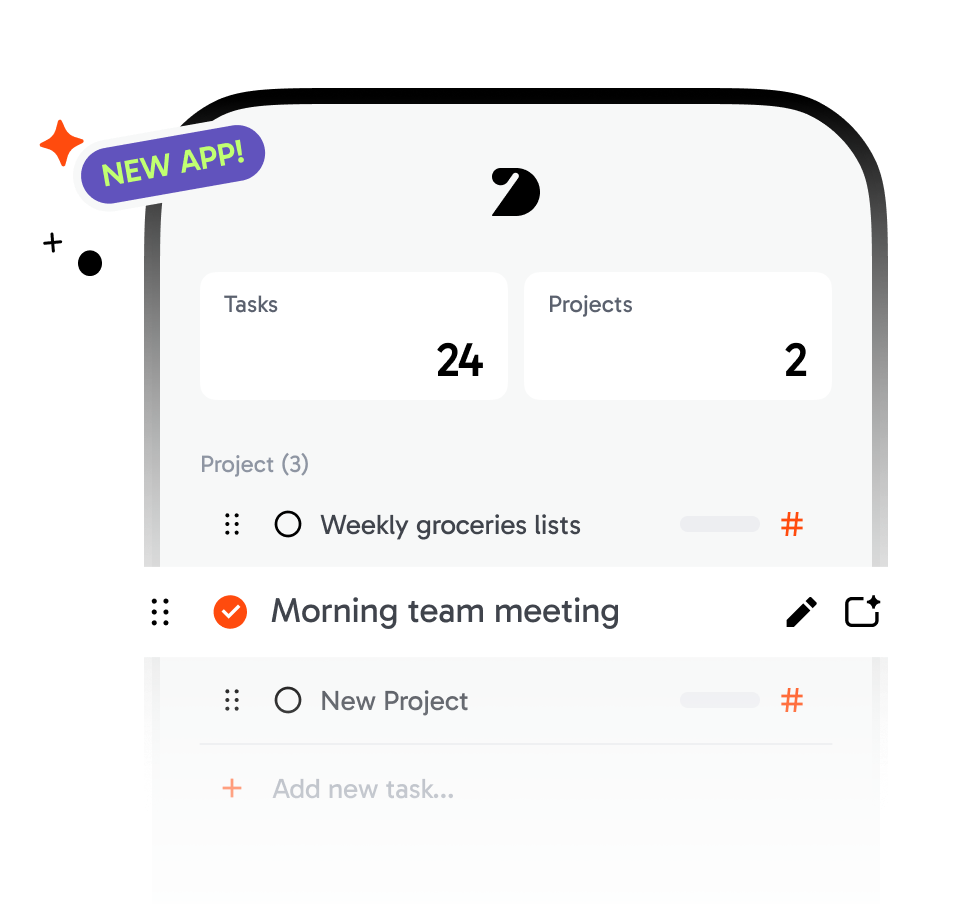Getting Started: Why Integrate Your ERP with a CMMS?

Getting Started: Why Integrate Your ERP with a CMMS?
Introduction
Welcome to Opmaint's guide on integrating your Enterprise Resource Planning (ERP) system with a Computerized Maintenance Management System (CMMS). This blog is designed to help you understand the benefits, challenges, and steps involved in this crucial integration. We'll explore how merging these systems can enhance your business operations, streamline processes, and ultimately save you time and money.
Integrating your ERP with a CMMS is like bringing together two superheroes to fight inefficiency and chaos in your maintenance operations. With this integration, you can have a seamless flow of information between your business processes and maintenance activities, leading to better decision-making and increased productivity.

Why Integrate Your ERP with a CMMS?
Integrating your ERP with a CMMS offers numerous benefits that can transform the way your business operates. Here are some key reasons why this integration is essential:
Improved Data Accuracy and Consistency
By integrating ERP and CMMS, you eliminate the need for duplicate data entry. Information flows automatically between systems, reducing the risk of errors and ensuring that everyone has access to the most up-to-date data. This consistency is crucial for making informed decisions and improving data accuracy.
Enhanced Efficiency and Productivity
When ERP and CMMS systems are integrated, your team can access all the information they need from a single platform. This reduces the time spent switching between systems and allows for more streamlined workflows. Maintenance tasks can be scheduled more efficiently, leading to better resource utilization and less downtime. This directly contributes to enhanced efficiency.
Better Asset Management
Integrating ERP with CMMS provides a comprehensive view of your assets. You can track asset performance, maintenance history, and financial data all in one place. This holistic view helps in making data-driven decisions about asset management, extending the life of your equipment and reducing costs.
Streamlined Financial Processes
With integrated systems, financial data related to maintenance activities is automatically updated in your ERP. This means that maintenance costs, inventory expenses, and labor costs are accurately reflected in your financial reports. It simplifies budgeting and helps in identifying cost-saving opportunities. This seamless integration enhances your financial processes.
Compliance and Reporting
Maintaining compliance with industry regulations and standards is easier when your systems are integrated. You can generate reports that include data from both ERP and CMMS, ensuring that you meet compliance requirements without additional manual work.

Steps to Integrate Your ERP with a CMMS
Integrating your ERP with a CMMS may seem like a daunting task, but with a structured approach, it can be manageable and highly rewarding. Here are the steps involved:
1. Define Your Objectives
Before starting the integration process, clearly define what you want to achieve. Are you looking to improve data accuracy, enhance productivity, or streamline financial processes? Having clear objectives will guide the integration process and help you measure its success.
2. Evaluate Your Current Systems
Assess the capabilities of your current ERP and CMMS systems. Identify any gaps or limitations that need to be addressed. This evaluation will help you determine if your existing systems can be integrated or if upgrades are necessary.
3. Choose the Right Integration Method
There are several methods to integrate ERP and CMMS systems, including custom integrations, middleware solutions, and API-based integrations. Choose the method that best fits your needs, considering factors like cost, complexity, and scalability.
4. Plan the Integration
Create a detailed integration plan that outlines the steps, timelines, and resources required. Involve key stakeholders from both IT and maintenance teams to ensure that all aspects of the integration are covered.
5. Data Mapping and Migration
Map the data fields between your ERP and CMMS to ensure seamless data flow. This step is crucial for maintaining data integrity and data accuracy. Once the mapping is complete, migrate the necessary data from one system to the other.
6. Test the Integration
Before going live, thoroughly test the integration to identify any issues or inconsistencies. Conduct both functional and performance testing to ensure that the integrated system meets your objectives.
7. Train Your Team
Provide training to your team on how to use the integrated system. Ensure that they understand the new workflows and processes. Training is essential for maximizing the benefits of the integration and achieving enhanced efficiency.
8. Monitor and Optimize
After the integration is live, continuously monitor its performance. Gather feedback from users and make necessary adjustments to optimize the system. Regularly review the integration to ensure it continues to meet your business needs.

Challenges and Solutions
Integrating ERP and CMMS systems can come with its own set of challenges. Here are some common challenges and how to address them:
Data Inconsistencies
Data inconsistencies can arise due to differences in data formats and structures between ERP and CMMS systems. To overcome this, invest in robust data mapping and transformation tools that ensure seamless data flow and consistency.
System Compatibility
Compatibility issues can occur if your ERP and CMMS systems are from different vendors or use different technologies. Choosing integration methods like middleware or APIs can help bridge the compatibility gap and facilitate smooth communication between systems.
Change Management
Introducing a new integrated system can lead to resistance from employees who are accustomed to existing processes. To manage this change effectively, involve key stakeholders early in the integration process, provide comprehensive training, and communicate the benefits of the integration clearly.
Cost and Resource Constraints
Integrating ERP and CMMS systems can require significant investment in terms of time, money, and resources. To manage costs, prioritize the most critical integration requirements and consider phased implementation. Additionally, leveraging cloud-based solutions can reduce infrastructure costs.

The Role of Opmaint in ERP-CMMS Integration
Opmaint is here to make your ERP-CMMS integration journey smooth and successful. Our advanced CMMS solutions are designed to seamlessly integrate with leading ERP systems, providing you with a unified platform for managing your maintenance and business operations. Here’s how Opmaint can benefit your integration efforts:
Seamless Integration
Opmaint offers robust integration capabilities that ensure smooth data flow between your ERP and CMMS systems. Our solution supports various integration methods, including APIs and middleware, to accommodate different system architectures.
Customizable Workflows
Our CMMS solution is highly customizable, allowing you to tailor workflows to meet your specific business needs. Whether it’s maintenance scheduling, inventory management, or financial reporting, Opmaint provides the flexibility to create workflows that align with your processes.
Enhanced Data Accuracy
With Opmaint, you can eliminate data redundancies and ensure accurate and consistent information across your ERP and CMMS systems. This accuracy is crucial for making informed decisions and improving overall efficiency.
Real-Time Insights
Opmaint provides real-time insights into your maintenance activities and asset performance. These insights are seamlessly integrated with your ERP data, giving you a comprehensive view of your operations and helping you identify areas for improvement.
Expert Support
Our team of experts is dedicated to supporting you throughout the integration process. From planning and implementation to training and optimization, we are here to ensure that your integration is successful and delivers the desired benefits.
Case Studies: Successful ERP-CMMS Integrations
To illustrate the benefits of integrating ERP with CMMS, let’s look at some real-world examples:
Case Study 1: Manufacturing Company
A manufacturing company integrated their ERP with a CMMS to streamline their maintenance processes. Before integration, they faced challenges with data inconsistencies and inefficient workflows. After integrating the systems, they achieved:
- 20% reduction in maintenance costs
- 30% improvement in asset uptime
- Enhanced data accuracy and consistency
Case Study 2: Healthcare Facility
A healthcare facility integrated their ERP with a CMMS to improve asset management and compliance. The integration resulted in:
- Better tracking of medical equipment maintenance
- Improved compliance with industry regulations
- Enhanced financial reporting and budget management
Case Study 3: Utility Company
A utility company integrated their ERP with a CMMS to optimize their maintenance scheduling and resource allocation. The integration led to:
- More efficient scheduling of maintenance tasks
- Reduced downtime and improved service reliability
- Better visibility into maintenance costs and resource utilization
Conclusion
Integrating your ERP with a CMMS is a strategic move that can significantly enhance your business operations. By improving data accuracy, enhancing efficiency, and providing a comprehensive view of your assets, this integration can drive better decision-making and cost savings.
At Opmaint, we are committed to helping you achieve a successful ERP-CMMS integration. Our advanced CMMS solutions, combined with our expert support, ensure that your integration journey is smooth and rewarding. Embrace the power of integration and take your business operations to the next level with Opmaint.

Final Thoughts
Integrating your ERP with a CMMS is not just a technical project; it’s a strategic initiative that can transform your business operations. By following the steps outlined in this guide and leveraging the capabilities of Opmaint, you can achieve a successful integration that delivers lasting benefits. Let’s work together to enhance your maintenance management and drive your business forward.


.png)
